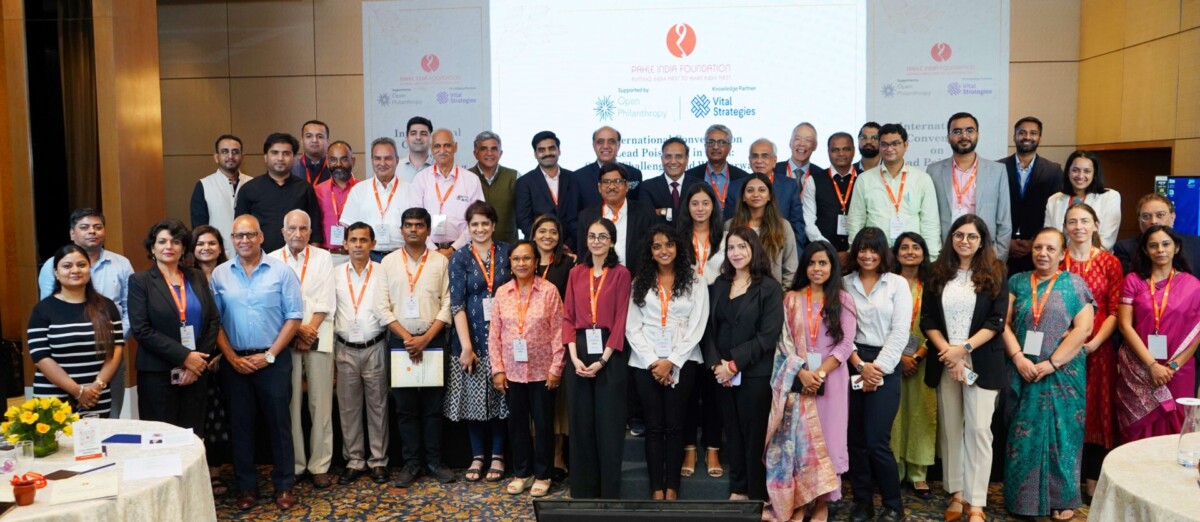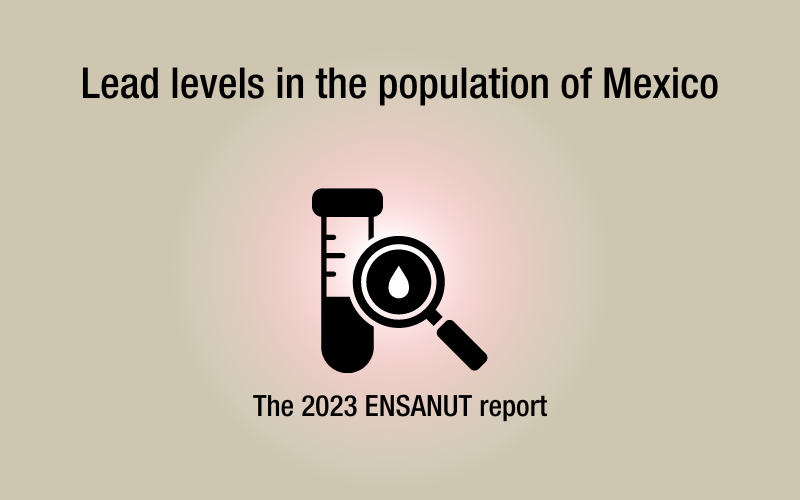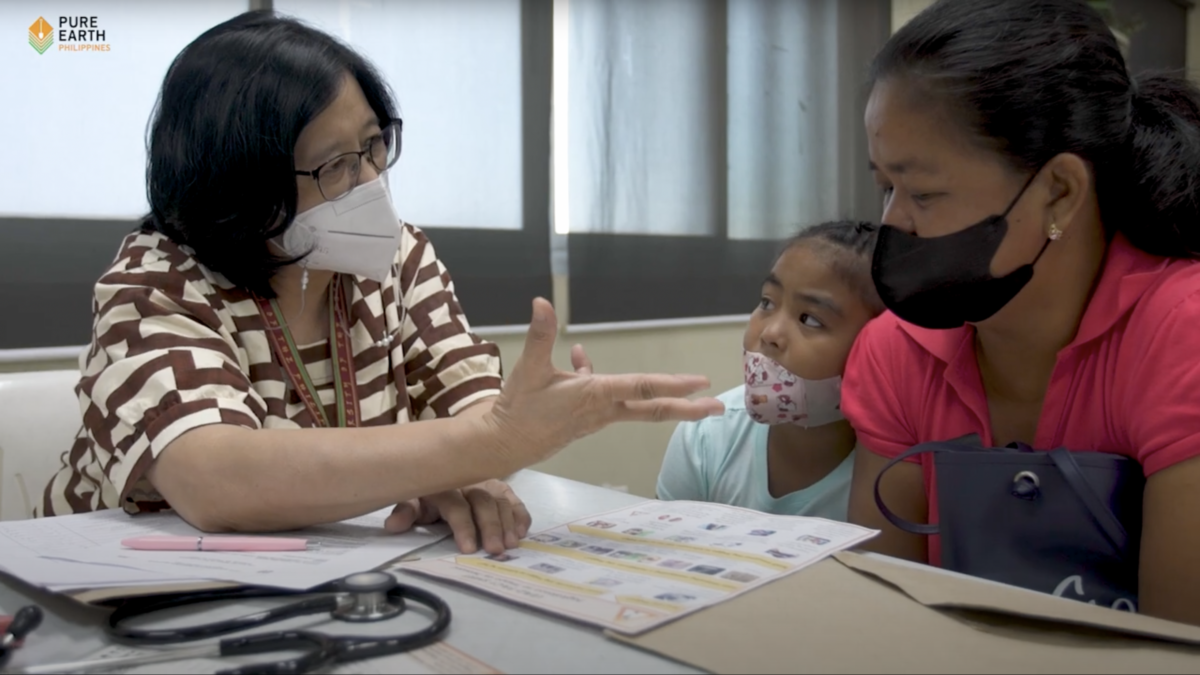GAHP, Global Alliance on Health and Pollution, to release new analysis showing combined sources of pollution are the top cause of death in the developing world, killing more than 10 million per year, yet the draft of the new Sustainable Development Goals on Health downplays the issue.
Teleconference: Friday, June 13, 2014, 11:00 AM (New York – EDT)
U.S. toll free 1-877-366-0711, Canada toll free 1-866-627-1651, International +1 302-709-8446
Register in advance to receive the conference passcode and the new analysis, email [email protected] by EOD 6/12.
WHAT:
GAHP member organizations will present a position paper with new analysis to the Open Working Group on Health for the SDGs urging a higher priority for a comprehensive approach to pollution. GAHP representatives will be on the conference call to review the data and position paper with members of the press.
WHO: Speakers will be
- Richard Fuller, President of Pure Earth/Blacksmith Institute
- Karti Sandilya, GAHP secretariat, and former DG of Asian Development Bank
- Dr. Jack Caravanos, Associate Professor, CUNY Hunter College, School of Public Health; Technical Advisor, GAHP.
- Jacob Duer, United Nations Environment Program
- John Pwamang, Ghana Environmental Protection Agency, Government of Ghana
- Fernando Lugris, Ambassador and Deputy Director at the Ministry of Foreign Affairs, Government of Uruguay
WHY:
A widening plague of industrial, agricultural, chemical pollution and poor sanitation in the developing countries has become the largest cause of global deaths each year- killing more than 10 million people – but world leaders are downplaying the combined effects and focusing on only air pollution as the main area of concern in health related goal of the new post-2015 Sustainable Development Goals currently under development.
The World Health Organization (WHO) on March 25 released a report noting that seven million people die of indoor and outdoor air pollution every year. GAHP, the Global Alliance on Health and Pollution (https://www.gahp.net/new/spotlight-pollution/) analyzed additional data from the WHO and the Toxic Sites Identification Program to determine death by various pollutant pathways. This analysis showed that at least three million more die from sanitation, toxic contaminants in water, soil, or airborne exposure to lead, mercury, chromium and many other industrial and agricultural chemicals.
More specifically, in 2012, deaths from outdoor air pollution caused 3.7 million deaths; indoor air, primarily from cookstoves, killed 4.3 million; soil and water contamination killed 1 million; poor or non-existent sanitation killed 1.9 million. This total from all these pollution sources was 10.9 million dead in 2012.
By comparison, there were 1.5 million deaths from HIV; 600,000 from malaria; and 900,000 from tuberculosis. It is an extraordinary fact that pollution kills three times more people than HIV, malaria and TB combined. Yet, it receives a fraction of the attention and funding given to those three.
Part of the reason is that diseases like HIV, malaria and TB are visible and more easily measured, while pollution is a “risk factor”, causing other diseases, and its impact is much more difficult to track. Pollution causes increases in diseases, such as cancer, and reduces life expectancy, but statistics collected from medical agencies around the world do not record it as the cause of death. Instead, analyses must be done based on variations in death rates as pollutants increase. Reducing pollution will reduce the amount of cancer and other diseases in the world’s poorest communities.
A comprehensive approach to all forms of pollution is critical as pollution damages health all over the world, killing thousands daily, especially children. Many communities in poor countries are assaulted simultaneously with different combinations of these harmful pollutants, whether as airborne particles, industrial wastes discharged into rivers used for drinking and bathing, pesticides or herbicides on crops absorbed into food and seeping into ground water, to name just a few. Not only do these combined substances cause disability and disease today, but the neurotoxic and transgenerational threats they pose to children under age 5, babies in-utero and the future reproductive health of women cries out for priority status in the SDGs.





